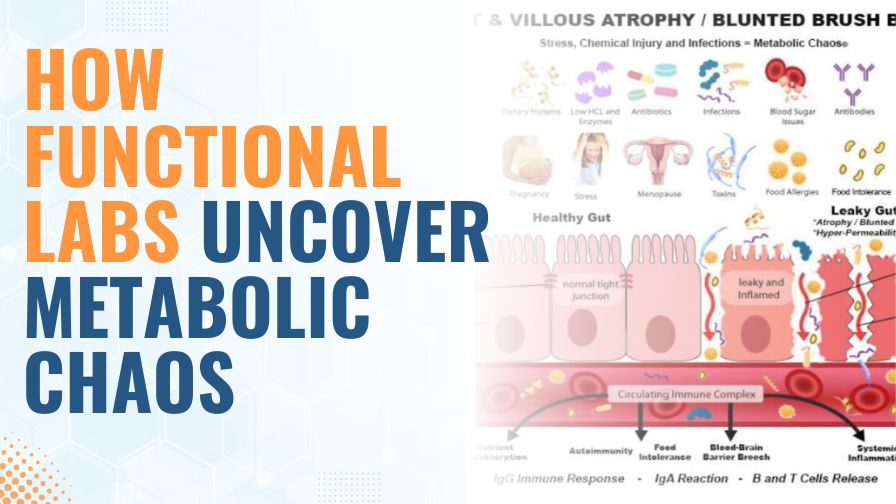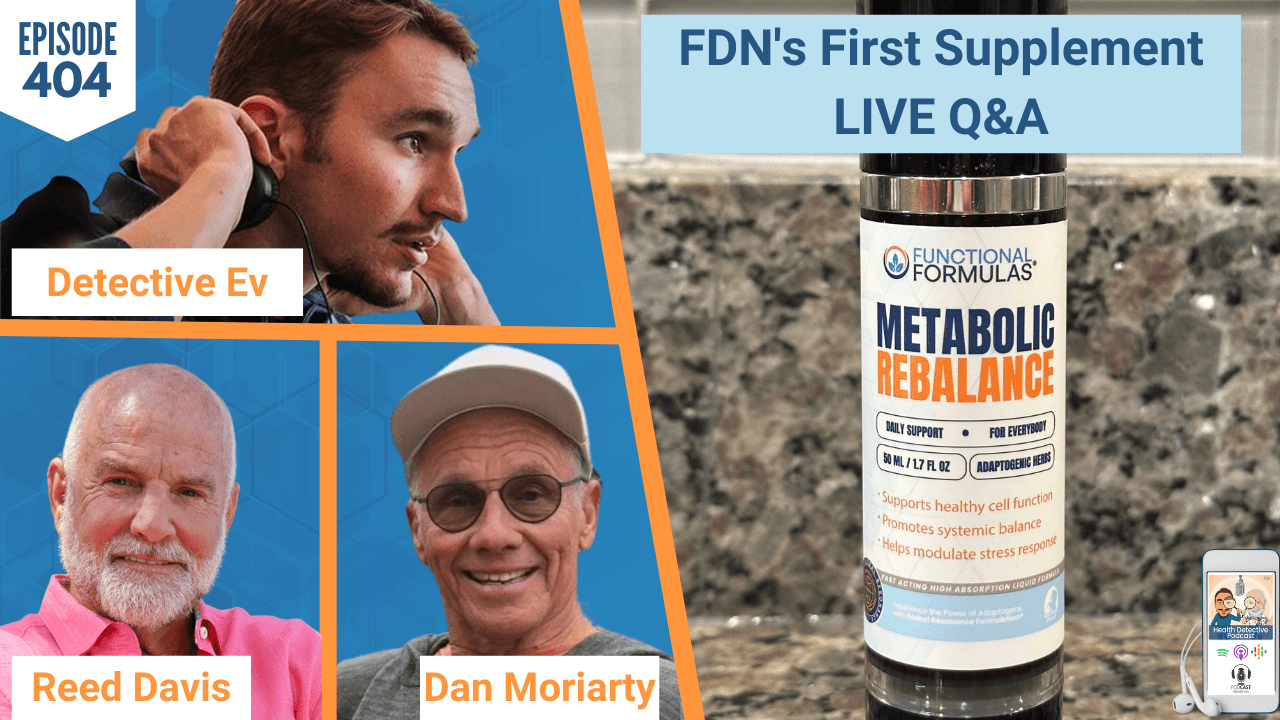Understanding the Functional Diagnostic Nutrition ™ (FDN) Investigation Process
Functional Diagnostic Nutrition (FDN) offers a data-driven approach to uncovering hidden health imbalances and addressing metabolic chaos. Unlike traditional healthcare models that often treat symptoms in isolation, FDN practitioners take a 360-degree view of clients, integrating lab data with lifestyle factors to develop personalized wellness plans. This article delves into the FDN intake and assessment process, including key lab tests used to identify and address underlying dysfunctions in the body.
The Initial Assessment and Intake Process
FDN employs a meticulous intake process to correlate lab data with an individual’s health history, lifestyle, and symptoms. This ensures that practitioners do not rely solely on lab numbers but instead interpret them in the context of a client’s overall health.
Metabolic Chaos ™ Scorecard
The first step in the FDN intake process is the Metabolic Chaos Scorecard, a self-assessment tool that helps clients identify patterns in their symptoms. This scorecard categorizes symptoms across several key health domains, enabling practitioners to detect trends and potential imbalances. By comparing past and present symptom scores, practitioners can determine whether a client’s health is improving, deteriorating, or stagnating.
This scorecard provides immediate insights:
- If the total metabolic chaos score is increasing, current health interventions may not be effective.
- If the score is decreasing, it indicates progress, allowing practitioners to refine and amplify successful strategies.
- If some areas improve while others decline, targeted adjustments can be made.
For example, a client who has been working on their gut health might see improvements in digestion-related symptoms but a worsening of fatigue, indicating that while gut healing is progressing, adrenal function may still need support.
Lifestyle and Medical History Form
Another critical intake document is the Lifestyle and Medical History Form, which assesses five primary lifestyle factors using the D.R.E.S.S. Protocol:
- Diet – Nutrient intake, food sensitivities, and eating patterns.
- Rest – Sleep quality, circadian rhythms, and recovery.
- Exercise – Physical activity levels, movement patterns, and strength.
- Stress Reduction – Emotional and physiological stressors.
- Supplementation – Current use of vitamins, herbs, and other supplements.
For instance, a client who reports going to bed at 2 AM every night may have oxidative stress markers confirming sleep deprivation, which directly impacts hormone regulation and immune function.
Key Lab Tests for Detecting Metabolic Chaos
While symptoms provide valuable clues, lab testing is essential for validating underlying dysfunctions. FDN utilizes specific functional lab tests that are selected for their ability to communicate with each other, ensuring a comprehensive and cohesive evaluation.
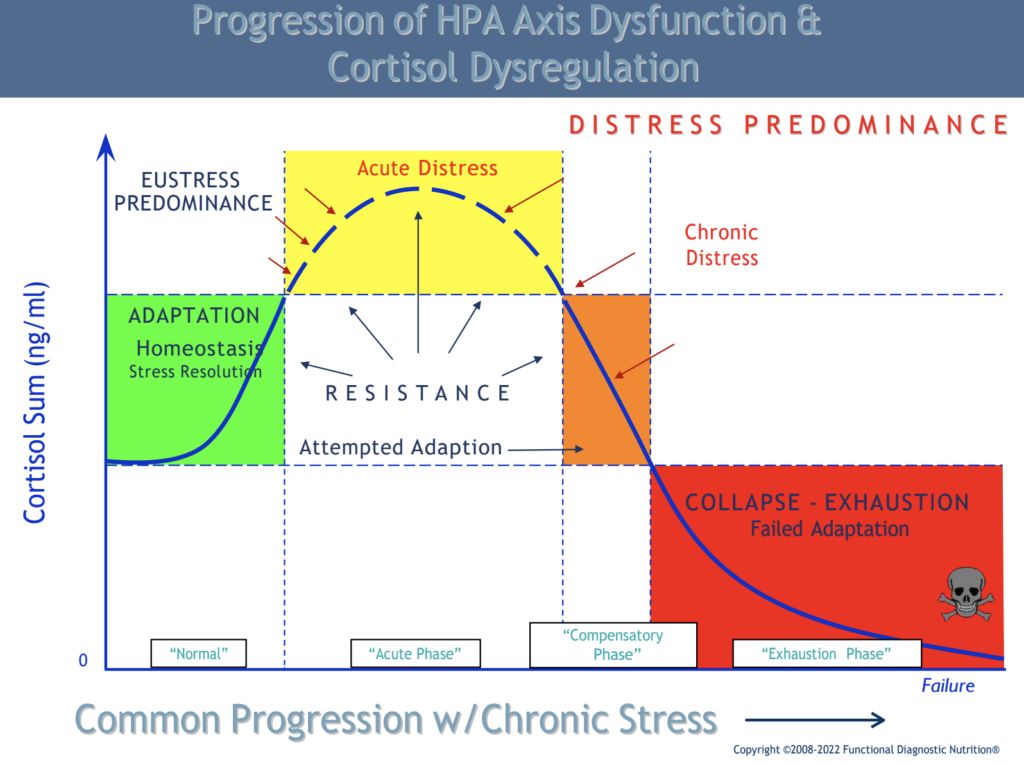
1. Stress and Hormone Profile
This panel assesses both hormonal balance and immune function, covering:
- Four-point cortisol levels – To evaluate adrenal health and stress resilience.
- DHEA – A key marker of stress adaptation.
- Sex hormones (Testosterone, Estradiol, Progesterone) – Indicators of reproductive health and metabolic balance.
- Secretory IgA (sIgA) – A measure of immune function and gut barrier integrity.
For example, if a client has extremely low cortisol levels throughout the day, this suggests their body is in a chronic state of adrenal burnout, leading to symptoms like extreme fatigue, poor stress tolerance, and immune dysfunction.
2. Metabolic Wellness Profile
A specialized organic acids test that evaluates three critical markers:
- Indican – Determines protein digestion efficiency.
- Urinary Bile Acid (UBA) – Assesses liver detoxification function.
- 8-OH DG – A marker for oxidative stress and cellular damage.
A client with high Indican levels might be consuming a high-protein diet but experiencing digestive inefficiencies due to low stomach acid or enzyme deficiencies, leading to bloating and nutrient malabsorption.
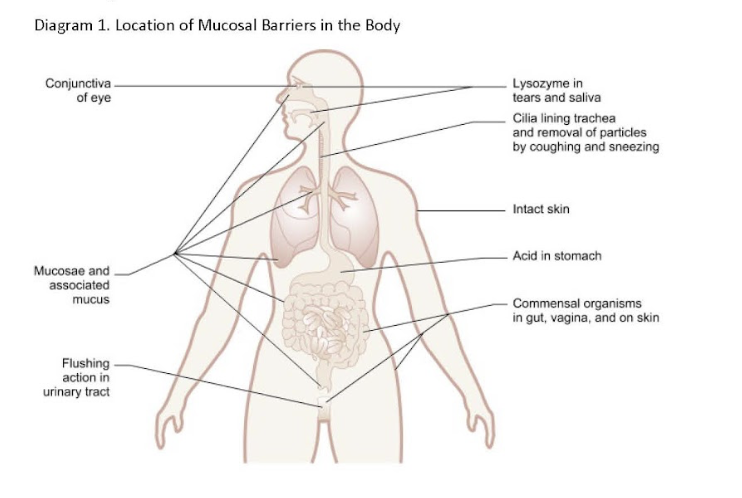
3. Mucosal Barrier Assessment
This test evaluates intestinal permeability, commonly referred to as “leaky gut,” by measuring:
- Zonulin – A protein that regulates tight junctions in the gut lining.
- Histamine & Diamine Oxidase (DAO) – Markers of inflammation and the body’s ability to neutralize excess histamine.
For instance, a client with high zonulin and histamine markers may experience persistent bloating, food sensitivities, and inflammatory skin conditions like eczema or acne.
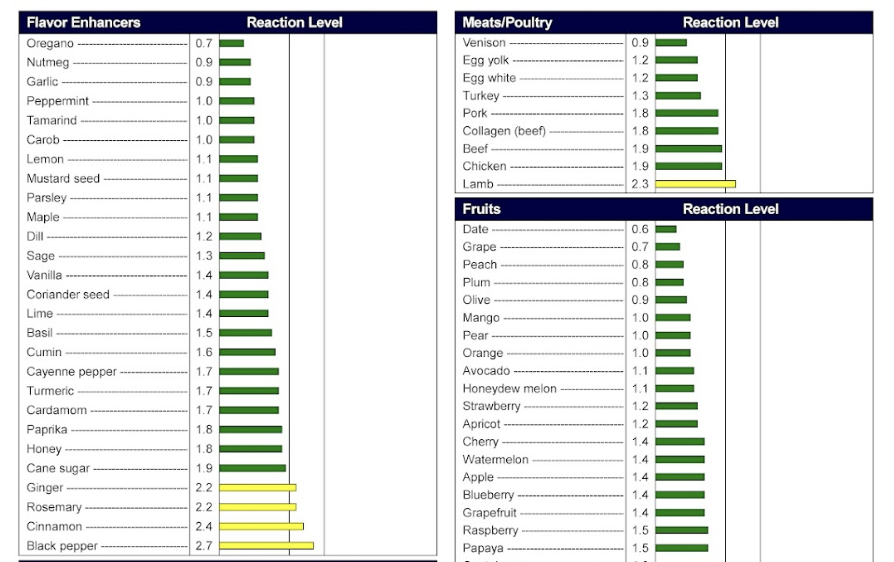
4. Food Sensitivity Testing (Mediator Release Test – MRT)
Food sensitivities contribute to systemic inflammation, further straining the body’s resources. The MRT test identifies specific foods triggering immune responses, allowing for targeted dietary modifications.
A client with strong reactivity to common inflammatory foods like gluten or dairy may have been unknowingly consuming these triggers daily, exacerbating gut inflammation and metabolic chaos.
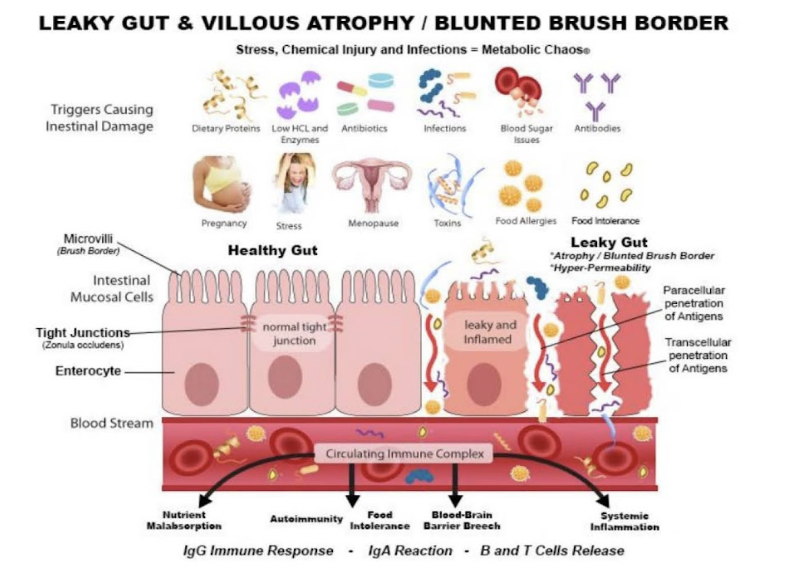
5. GI Map (GI Microbial Assay Plus – Comprehensive Gut Pathogen Test)
The GI Map assesses the balance of beneficial and harmful gut bacteria, parasites, and fungi. It also detects H. pylori, a bacteria linked to digestive distress, and evaluates gut inflammation markers.
For example, if a client has an overgrowth of H. pylori, it may explain their chronic acid reflux and stomach pain, pointing to the need for targeted eradication and gut healing strategies.
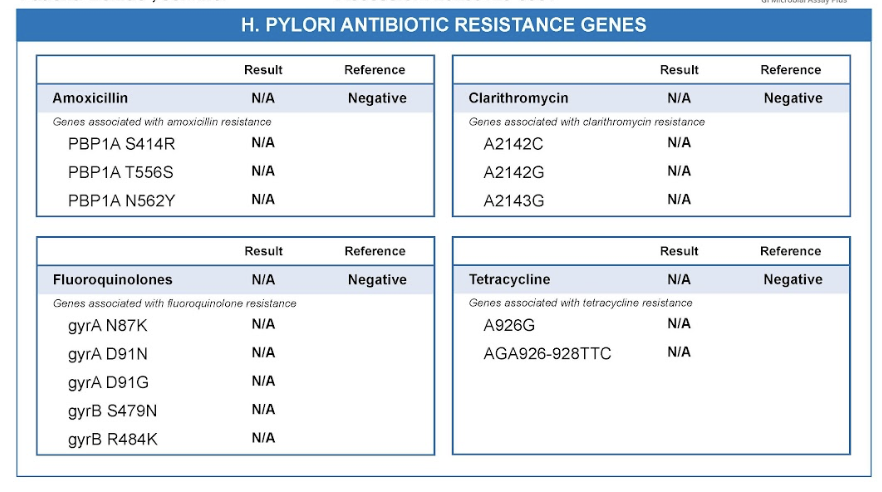
6. Metabolic Typing ™ Assessment
This assessment determines an individual’s ideal macronutrient ratio, recognizing that dietary needs vary based on genetic and metabolic factors.
For instance, a client who struggles with energy crashes may benefit from shifting their macronutrient balance toward more healthy fats and proteins rather than relying heavily on carbohydrates.
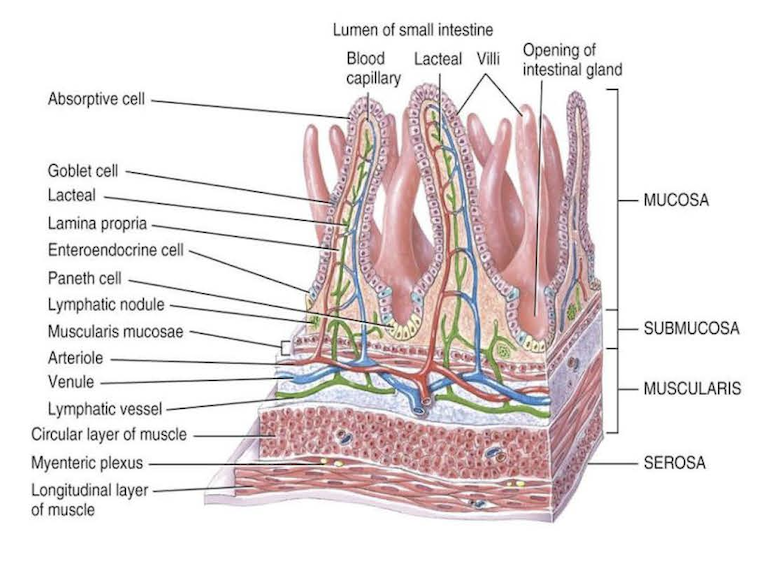
Why These Tests Matter
FDN focuses on identifying healing opportunities rather than merely diagnosing disease. By examining interconnections between hormone levels, immune function, digestion, detoxification, and metabolic health, practitioners create a customized protocol that supports the body’s innate ability to heal.
Connecting the Dots: The Clinical Correlation Process
FDN practitioners emphasize clinical correlation, meaning they do not look at lab markers in isolation. Instead, they analyze how the data correlates with a client’s symptoms and lifestyle, ensuring a holistic, personalized approach to health optimization.
By connecting symptoms with objective lab data, FDN practitioners craft an actionable plan to restore balance.
Implementing the FDN Protocol
Once imbalances are identified, the next step is restoring health using the DRESS for Health Success® protocol. This personalized approach ensures clients make sustainable changes in diet, sleep, stress management, exercise, and supplementation.
Final Thoughts: Why FDN Works
FDN’s investigation process is rooted in functional lab testing, clinical correlation, and lifestyle assessment, making it an invaluable approach for anyone struggling with chronic health issues. Unlike conventional methods that often chase symptoms, FDN seeks to understand why imbalances occur, providing clients with long-term solutions rather than quick fixes.
Learn More About Metabolic Chaos


